When enjoying outdoor activities like ziplining, safety should always come first. A zipline harness plays a crucial role in keeping you secure while you’re suspended mid-air. Choosing the right harness is not just about comfort; it can help prevent accidents and ensure a better experience. If you’re shopping through an eCommerce store, knowing what to look for will help you make a smart choice.
Fit and Adjustability
A good harness must fit your body properly. A loose or tight harness can cause discomfort or increase risk during the ride. Look for options that offer adjustable waist and leg straps, allowing the harness to conform to your body shape. Many users have different body types, so flexibility in adjustment ensures a more secure fit. Avoid buying a one-size-fits-all harness unless it clearly supports a wide range of body measurements.
Harness Design and Comfort
Comfort is not just a luxury—it can affect your safety. A well-designed harness with padded straps reduces pressure on the thighs and waist. This is especially important for longer zipline courses where discomfort can distract you or cause fatigue. Breathable materials also help reduce sweating, which improves grip and overall comfort. Pay attention to the harness’s overall shape and how it supports your lower back.
Safety Certifications and Standards
Not all harnesses are made equal. Reputable harnesses often come with safety certifications like ANSI (American National Standards Institute) or CE (European Conformity). These markings show that the product has passed rigorous testing for strength and safety. When buying online, always check product descriptions for these certifications to avoid substandard gear.
Weight and Load Capacity
Before purchasing a zipline harness, check its weight capacity. Harnesses are designed to hold specific weight ranges, and exceeding this limit may cause it to fail. Manufacturers usually list the maximum load their harnesses can handle. It’s important to match this with your weight plus any gear you might carry.
Durability and Material Strength
Durability depends largely on the materials used. Most harnesses are made from high-strength webbing materials like polyester or nylon. These materials offer a good mix of flexibility and toughness. Strong stitching is another factor that adds to the durability. Make sure seams are double-stitched and look for visible signs of quality workmanship.
Attachment Points and Compatibility
The placement of attachment points matters, especially where the lanyard or trolley connects. Some harnesses offer multiple attachment options, which add to flexibility and control. Also, ensure the harness is compatible with the rest of your gear—especially carabiners and pulleys. A mismatch between components can make your setup unsafe.
Ease of Use and Maintenance
A harness that is easy to put on and take off can save time and reduce mistakes. Look for quick-release buckles and color-coded straps for easier handling. After use, proper maintenance keeps the harness in good shape. Many harnesses are hand-washable and should be stored in a dry, cool place away from direct sunlight.
Conclusion
Choosing the right zipline harness is vital for both safety and comfort. Always check for fit, padding, certifications, weight capacity, material quality, and gear compatibility. A careful selection not only protects you but also enhances your ziplining experience. Taking the time to evaluate these features can help you enjoy your adventure with confidence and peace of mind.
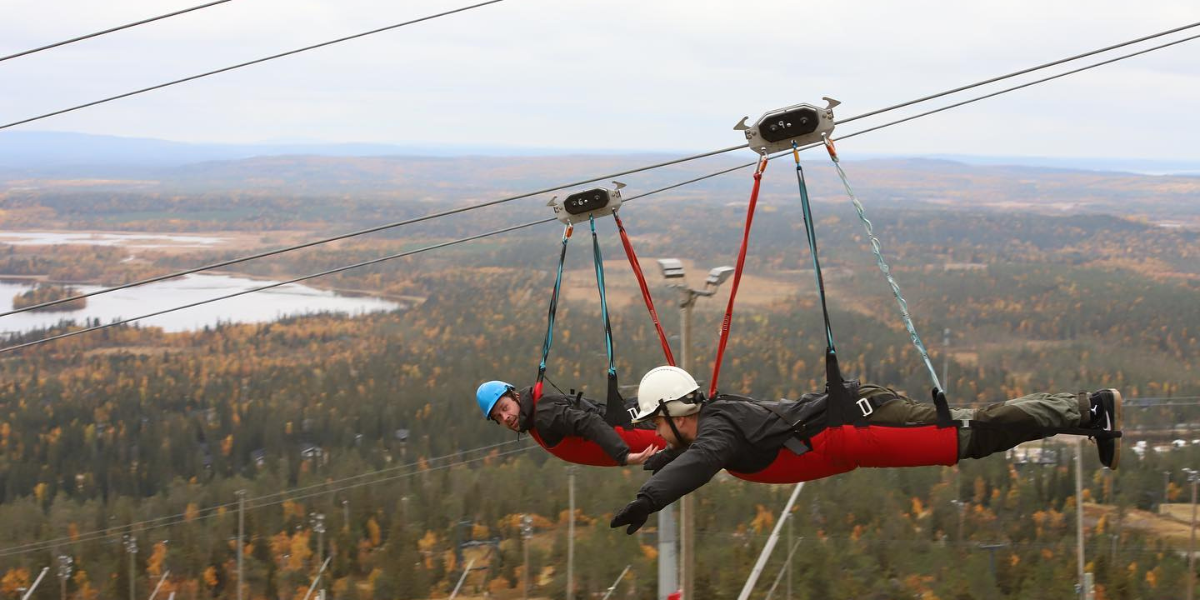
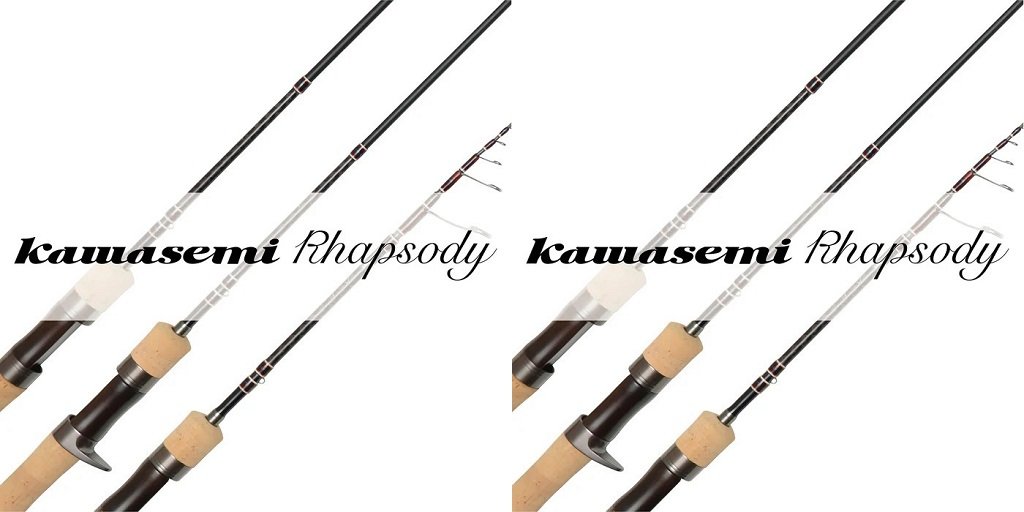
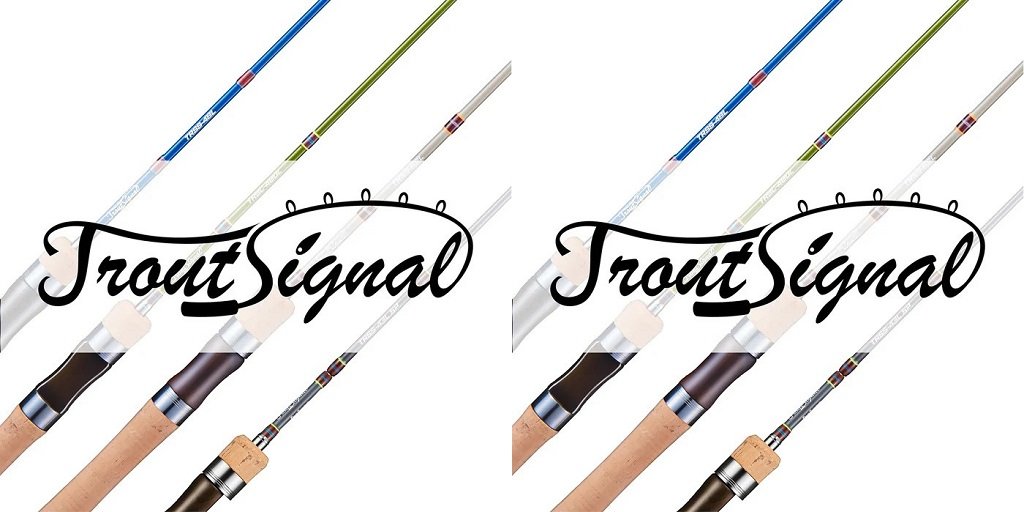

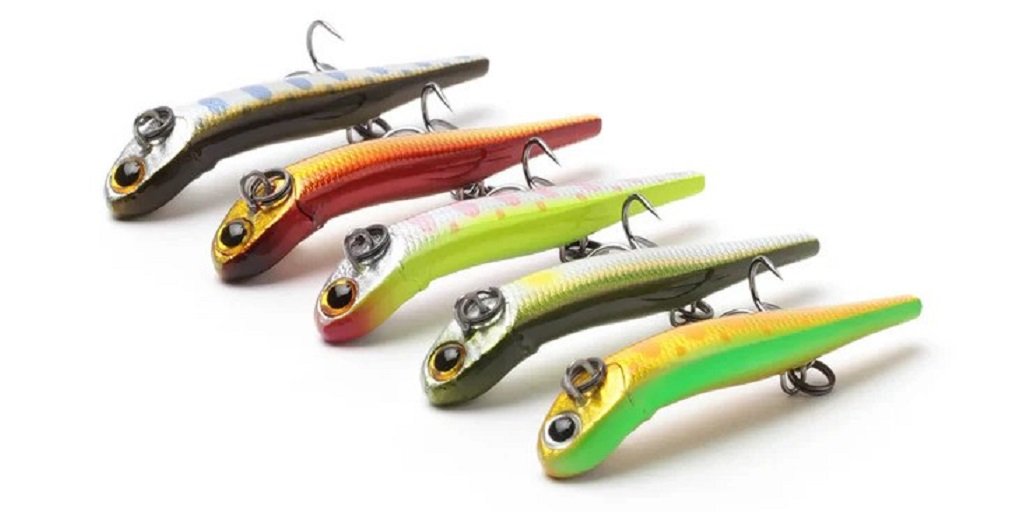



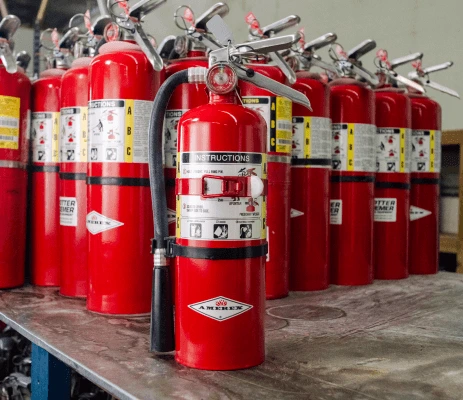
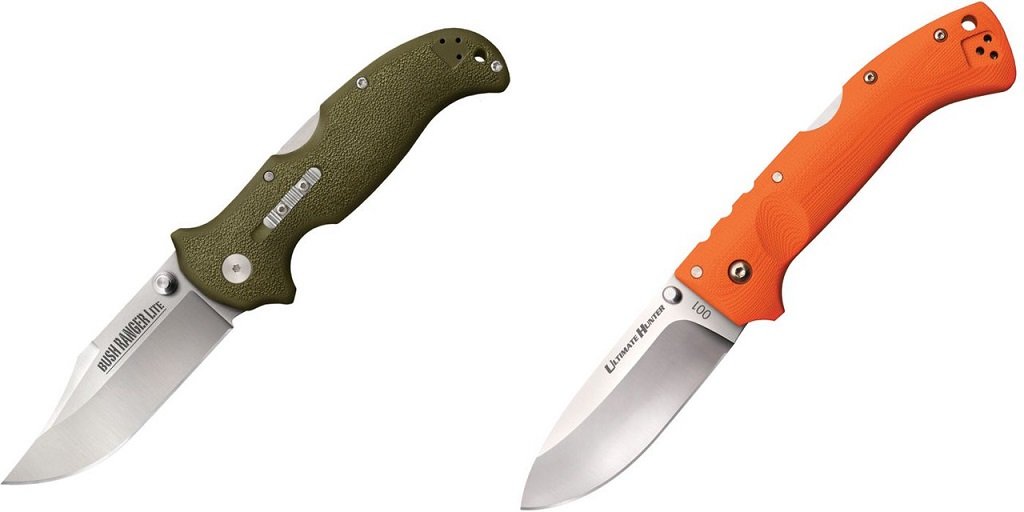
Leave a Reply